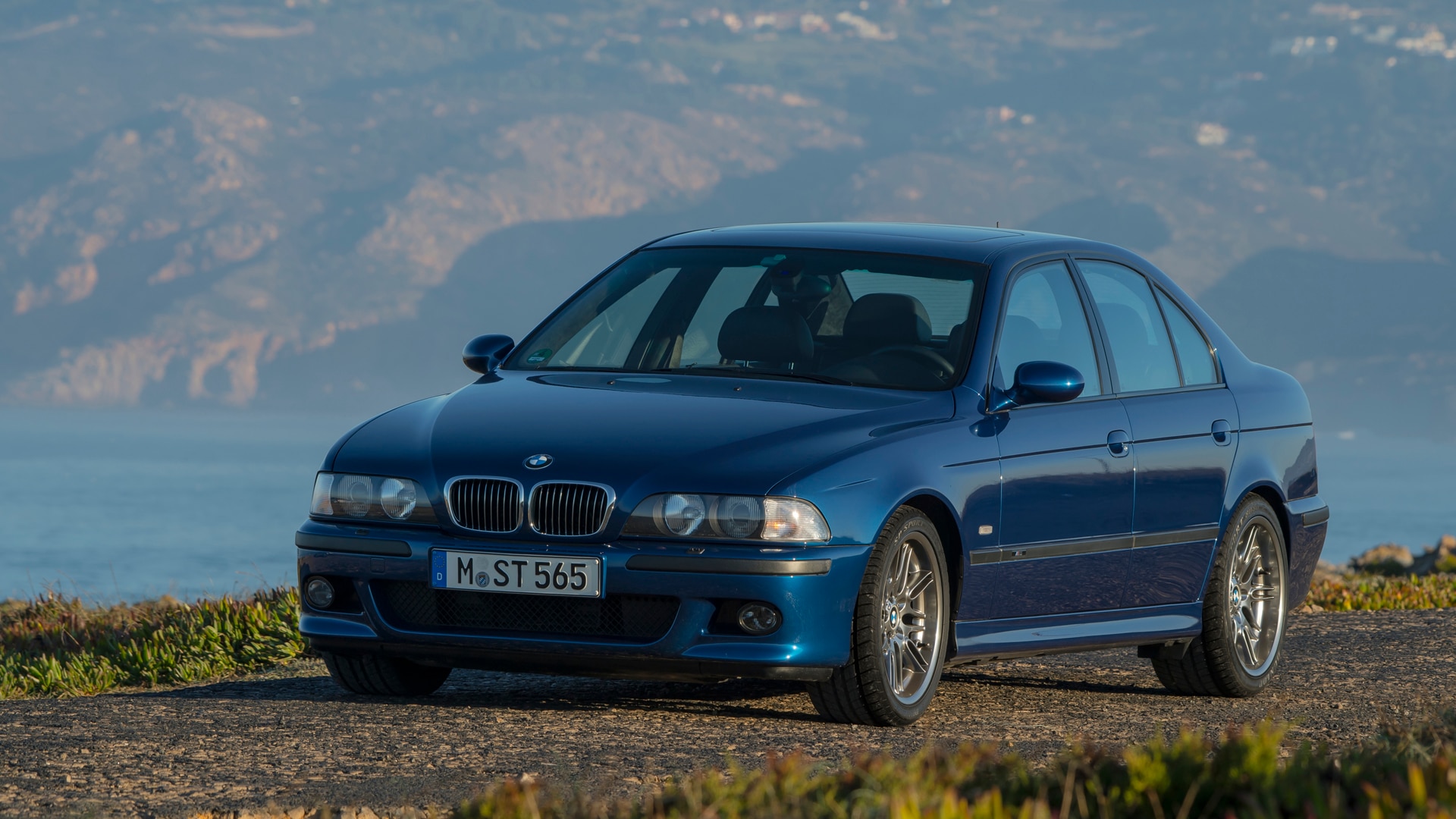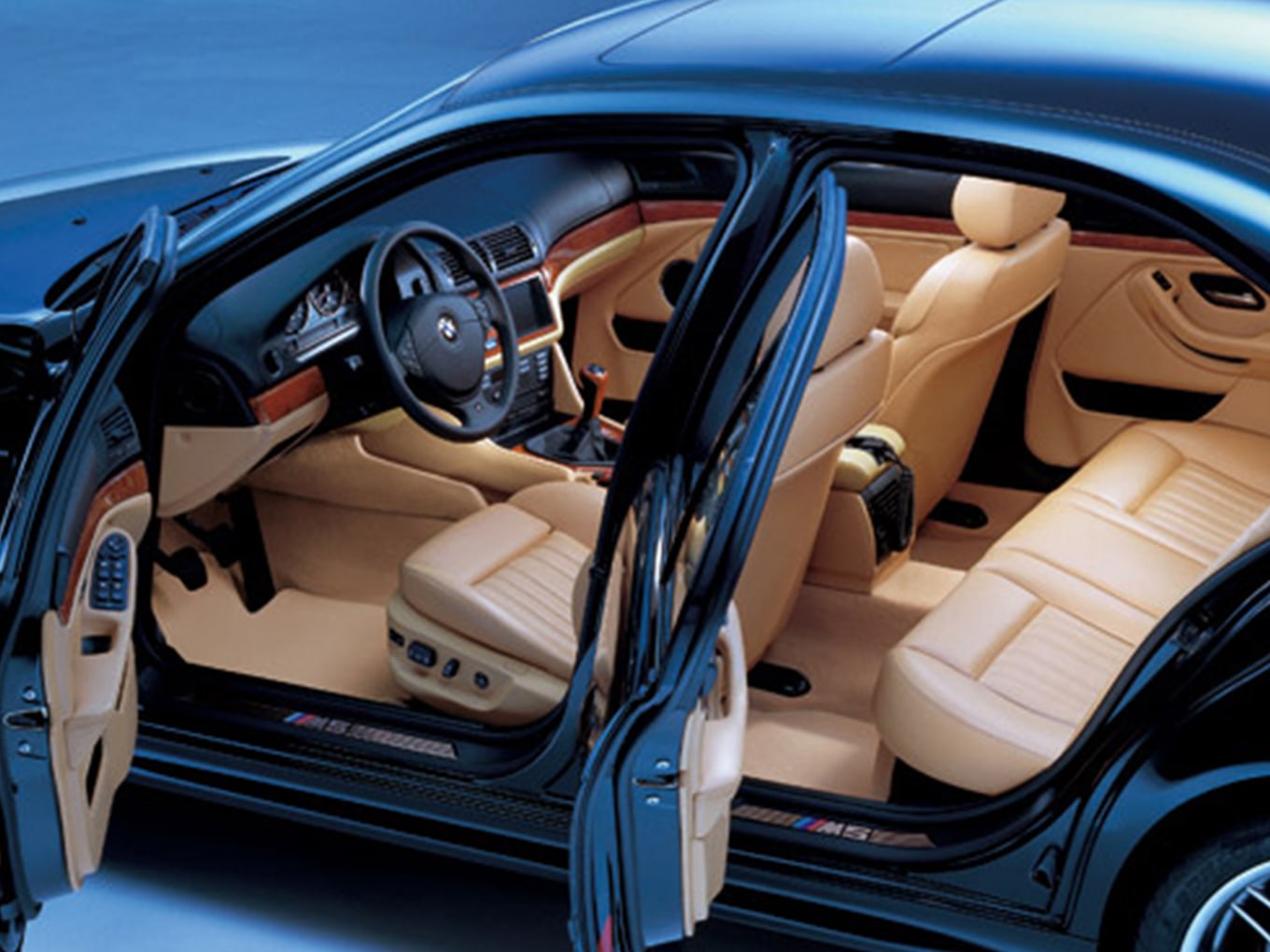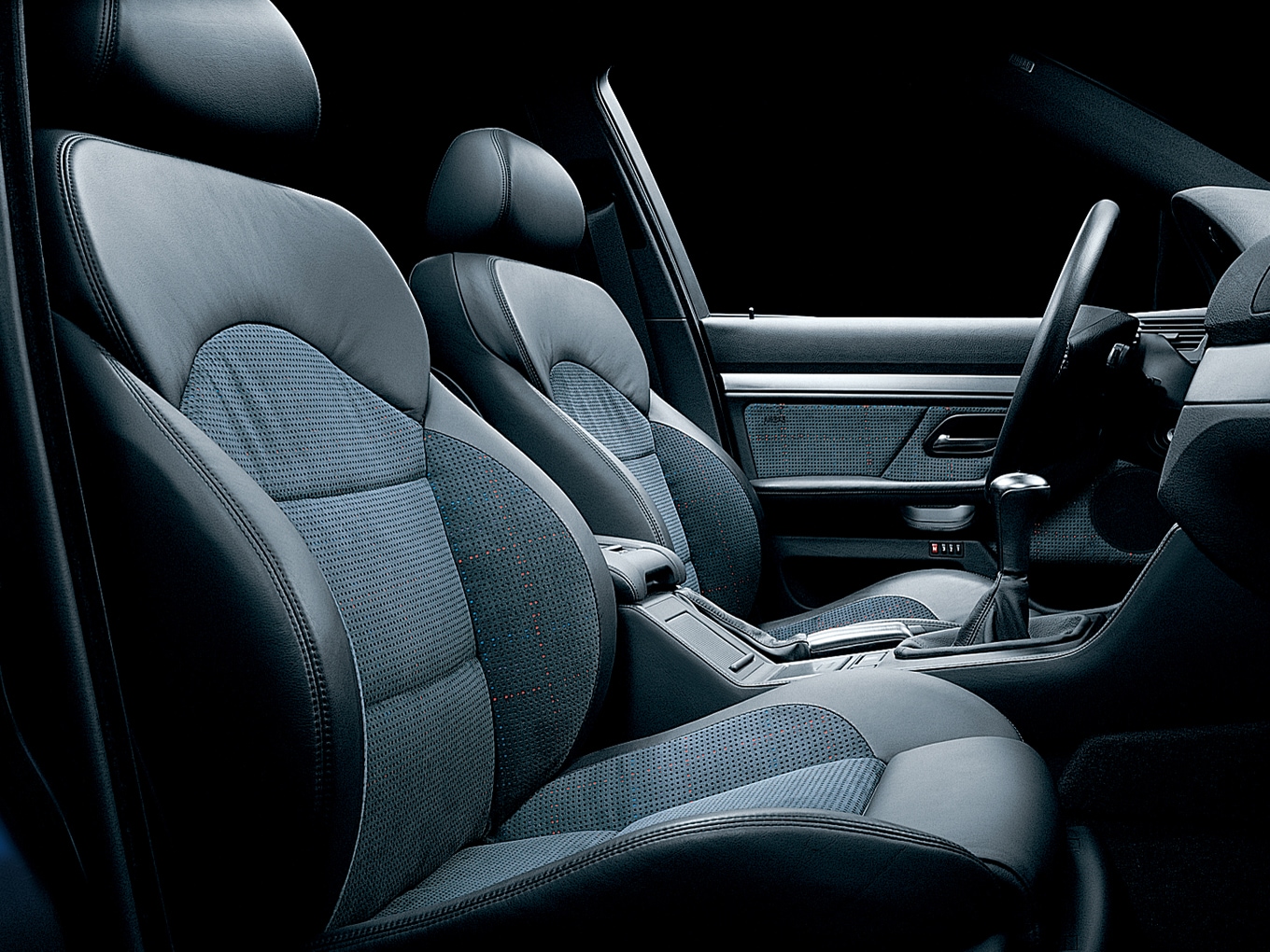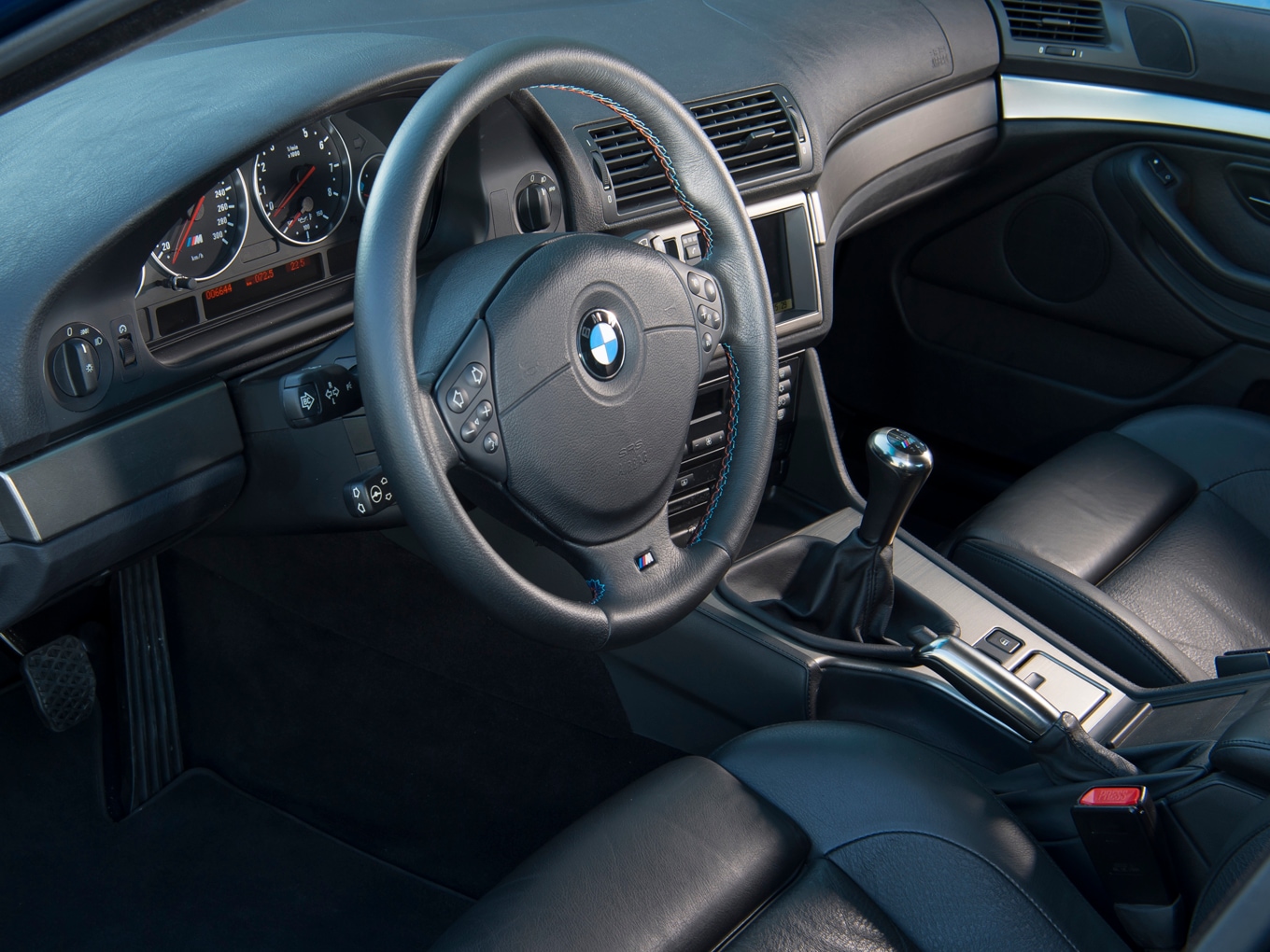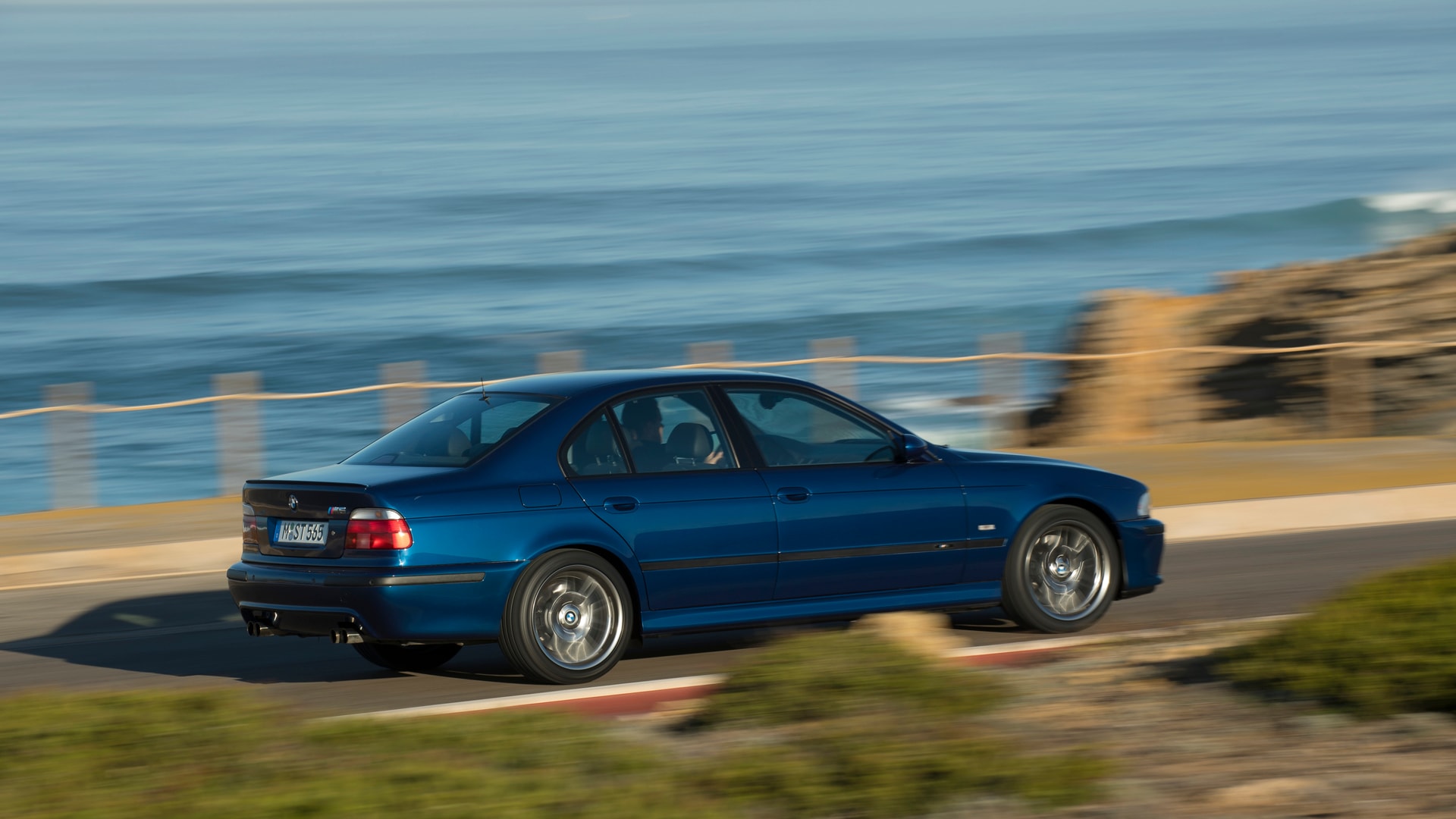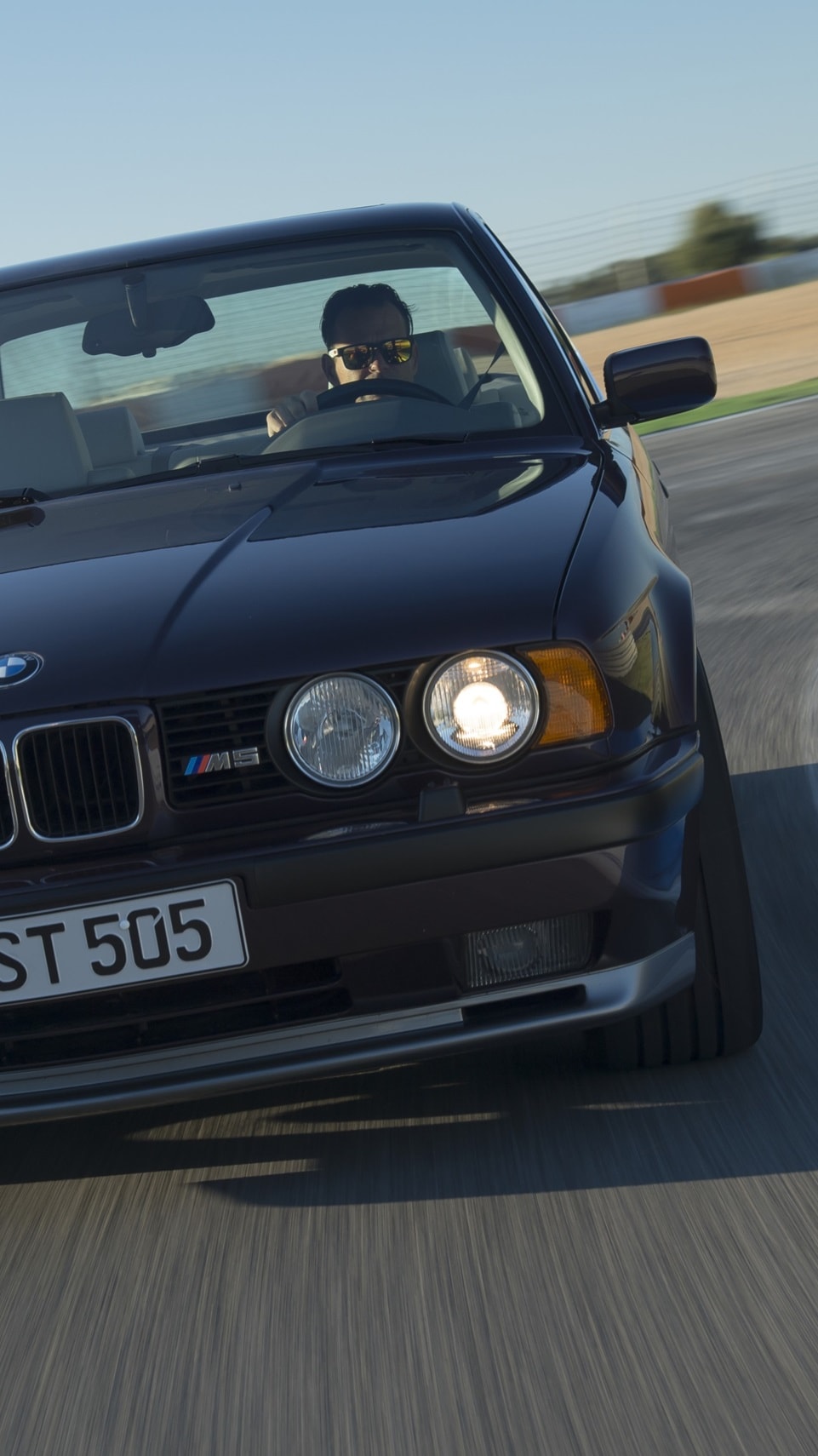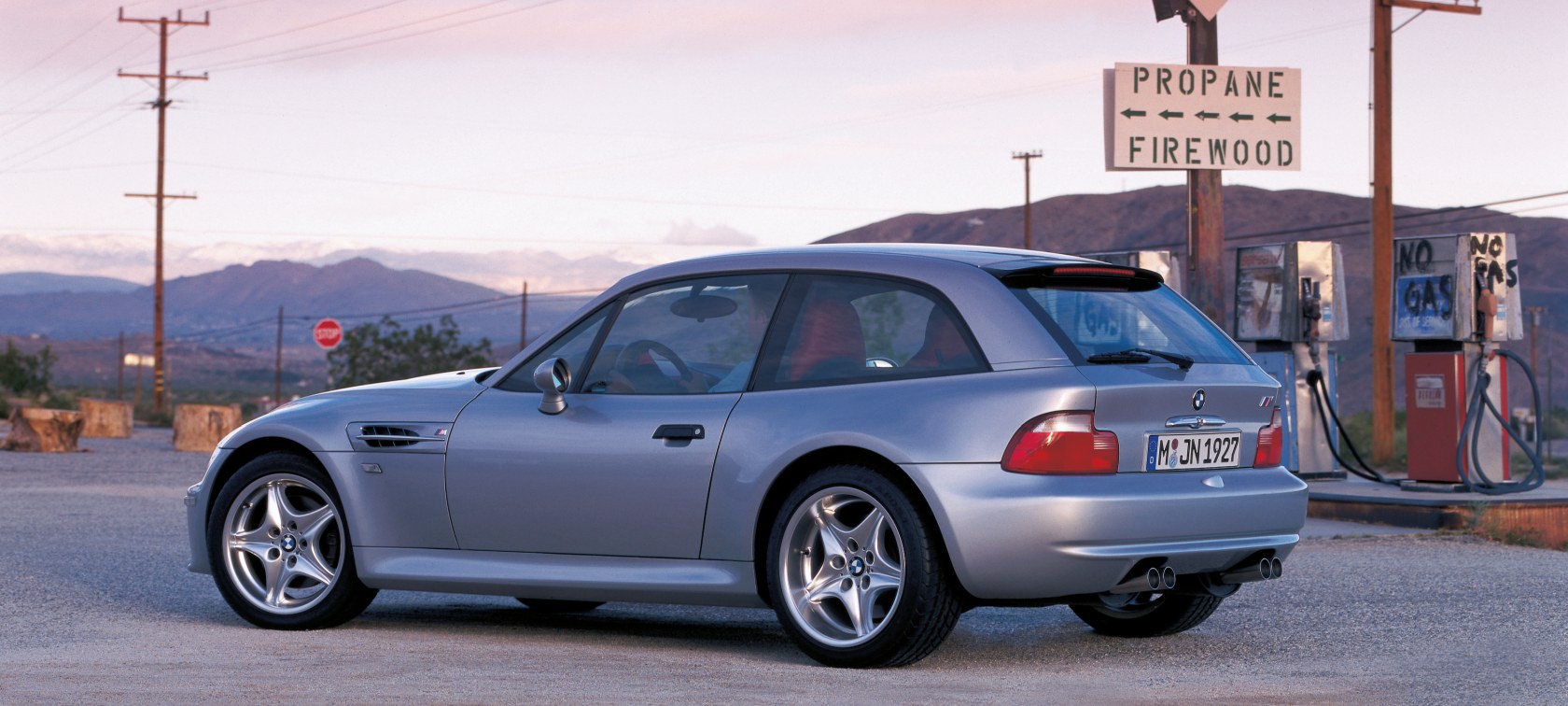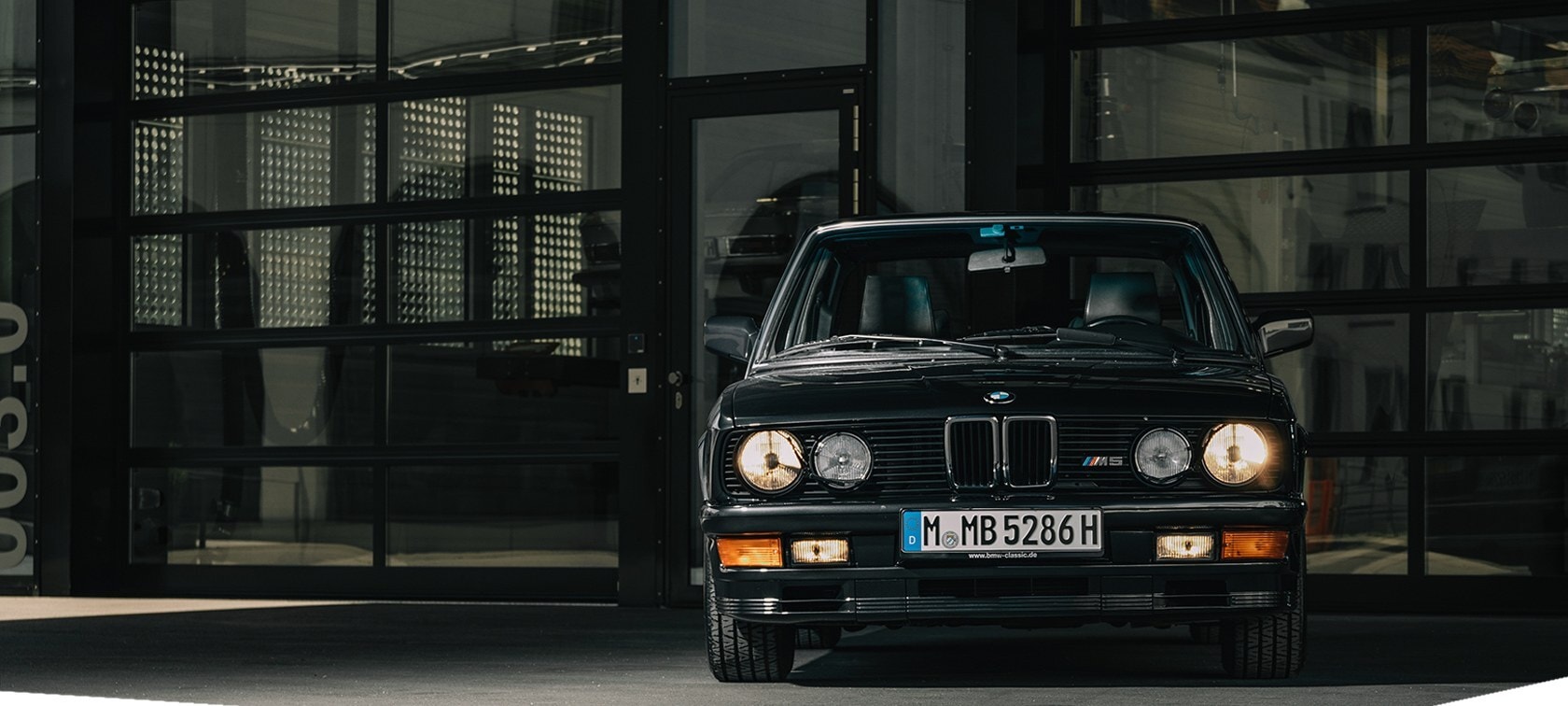In the mid-1990s, after two generations the BMW M5 was seen as the benchmark sports sedan. Why squeeze into a two-seater, when you could have the same performance in an unobtrusive, comfortably equipped limousine? Ever more customers were taken with the idea. And from 1998, the concept found its spectacular continuation in the BMW M5 E39, a car in which you could set off on holiday and if desired put in a new attempt at a fastest lap on the Nürburgring in between. The competition was becoming more numerous – be it from the Stuttgart area or Italy – and it soon became clear: The third generation of the BMW M5 had to take a big step forward in terms of power. The legendary straight-six cylinder engine of its predecessor had reached its limit at 340 hp. The solution lay in the construction of the first V8 engines for the BMW M5.
5 POWERFUL FACTS:
- First BMW M5 with a V8 engine
- Eight electronically controlled single throttle valves
- Power: 294 kW (400 hp)
- Max. torque: 500 Nm
- From 0 to 100 km/h in 5.3 seconds

MORE POWER WITHOUT TURBO OR COMPRESSOR.
Switching from the six-cylinder to the V8 was, as we now know, the right choice. The new engine was based in outline on the series engine from the less powerful BMW 5 series models. The performance had to be optimized in the engine itself and not in its periphery. In the end, BMW M took the development so far that of the original V8 from the 540i only the alternator and the distance between the cylinders were retained. The aluminium engine block, the camshaft and the entire engine periphery were newly developed. In addition, the engineers constructed double Vanos as in the BMW M3 E46 – an adjustment of the camshaft on both in and outlet sides. With this technology, performance and torque can be optimized.

5.3 seconds was all the M5 took to get from 0 to 100 km/h.
THE STRONGEST M MODEL OF ITS TIME.

THE STRONGEST M MODEL OF ITS TIME.
Each individual cylinder had a throttle valve which in contrast to the six-cylinder were controlled not mechanically, but by a small servo motor. The result is not only a top performance of 400 hp, but also fat torque of 500 Nm, already available from 3,800 rpm. This provided acceleration from 0 to 100 km/h in just 5.3 seconds. Not forgetting the gentlemen’s agreement, whereby the top speed was limited electronically to 250 km/h. The BMW M5 E39 was the most powerful model in the M range until it was replaced by its successor.
TECHNICAL DETAILS FOR ENTHUSIASTS.

TECHNICAL DETAILS FOR ENTHUSIASTS.
To be able to warm up the engine gently from a cold start without overtaxing it with high revs, the developers came up with a special optical detail on the rev counter: when the engine is cold, the orange area already begins at 4,000 rpm. Gradually, this area moves up into the higher revs zone. Once the oil reaches operating temperature, the orange area of the rev counter begins at 6,500 revs, the red at 7,000 rpm and full power is available.
FINE TUNING THE SUSPENSION TOO.

FINE TUNING THE SUSPENSION TOO.
The standard suspension on the 5 series sedan models was already excellent. To be able to handle the enormous power of the engine, the M engineers developed stronger stabilisers, progressive springs and a tauter set-up.
TIMELESS DESIGN.
Clear lines, broad, clear-glass headlights, for the first time a slightly rounded overall appearance: The BMW M5 of the E39 series had a wonderfully timeless design which many fans find the most attractive of all the M5 generations. Moreover, the sedan had what the Americans call “stance”: a powerful presence. In series however, the optical impression remained traditionally reserved. Besides the double-spoke 17-inch wheels (seen as large for the time), M specific front and rear aprons and a small rear spoiler were the only immediately identifiable changes. Discreet sportiness, high performance with understatement – that was the desired result.
CLASSICAL LUXURY.
CLASSICAL LUXURY.
The interior of the BMW M5 is both classy and sporty at the same time: air conditioning, leather sports seats, cruise control, electrically adjustable front seats, airbags all round – everything that a sports limousine needs for everyday use. From today’s point of view nothing special, but back then a technological milestone and only available at a premium: an onboard computer with TV function cost DM 3,900, a navigation system DM 6,400 on top. What didn’t get built was an automatic or touring version like its predecessor – the latter was only ever made in prototype form.



ON THE WAY TO BECOMING A CLASSIC.
The BMW M5 E39 was a great success for the brand: a total of 20,482 were produced. There was no touring model in the third generation. This hasn’t stopped the consistent growth of a community who appreciate the last BMW M5 from the 1990s and already consider it a classic – even though a few years must still pass before it officially qualifies as a classic car.

